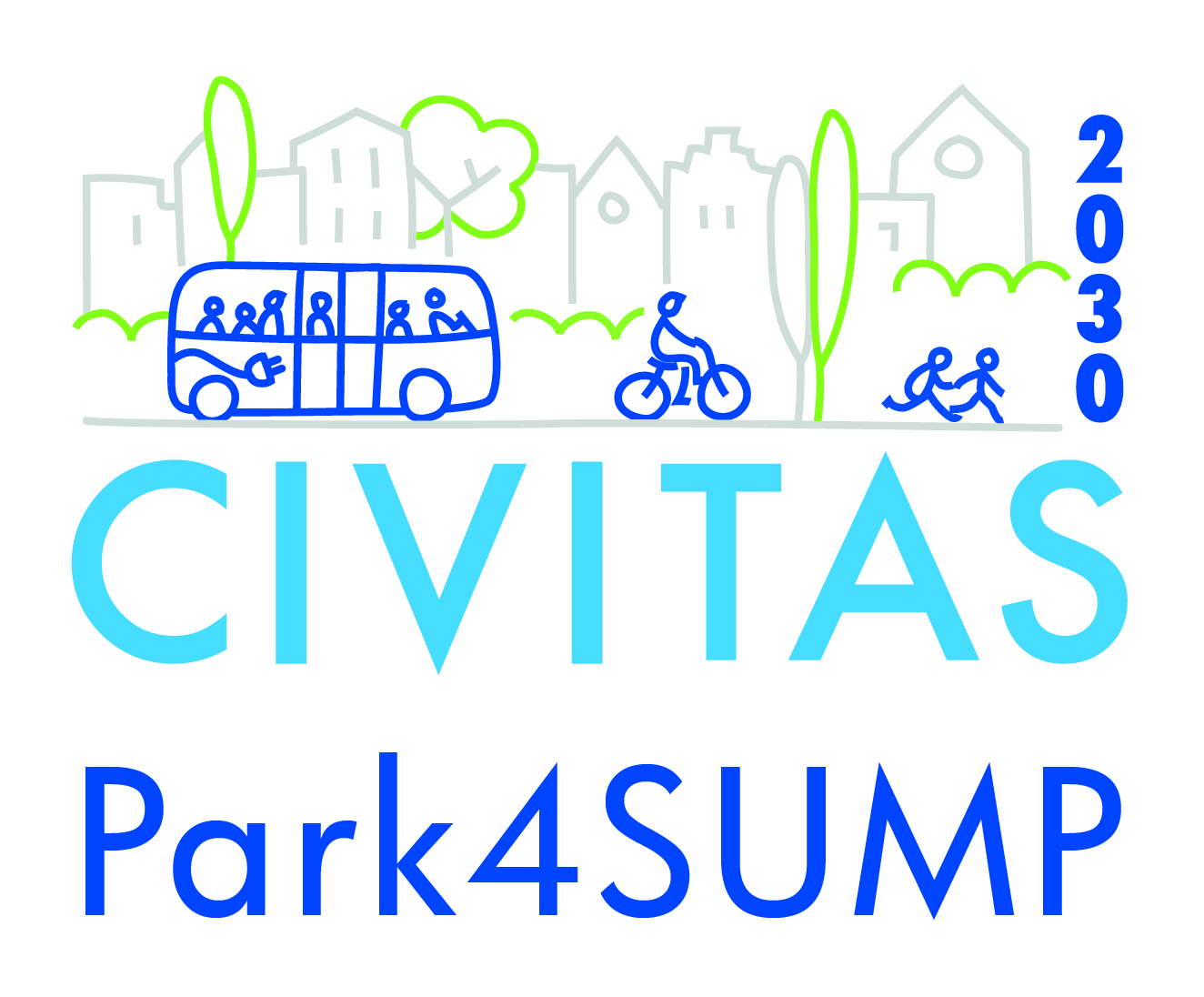High level meeting on parking standards - a summary

More than 30 stakeholders from across Europe have attended the Park4SUMP high level workshop on parking standards, which took place on 18 May 2022. Thanks to the great cooperation between POLIS, ECF, DIFU and the CIVITAS Handshake Project awareness about the European discussions about parking standards was raised. You can find a summary of the event and the presentations below.
This event was specifically targeting EU and national decision makers, who currently discuss national approaches as well as the Energy Performance of Buildings Directive (EPBD). The event provided information about current EU legislation and its impact on the local level, and will provide the opportunities to discuss challenges ahead, and potential solution pathways.
General conclusions from the workshop are that parking standards (for new buildings) are an important steering element for urban mobility policies.
- More creation of car parking spaces in residential areas leads to more motorised trips. Limiting the amount of parking spaces or using it differently can be a solution. Lowering parking standards (city of Mainz) with 30% in favour of public transport or in function of a Mobility Hub (Freiburg) are some examples.
- Fixing maximum parking allowances limit car parking in new buildings. Better solutions could be a neighbourhood car parking infrastructure, so the (real) user pays for the parking space (example from the city of Umea) and there is no unbalanced or additional payment for households not possessing a car.
- It is important to foresee spaces for other means of transport when constructing new buildings. For example, minimum parking standard and space for bikes is needed. Minimum standards for bicycles in buildings should also be based on energy-efficient building standards (see: EPBD). Removing minimum car parking spaces with minimum bike parking standards is one of the answers.
- The EPBD directive is important because bike is the most efficient transport mode, e-bike uses 5 times less energy, normal bike 10 times less than a car. There is less space consumption by a bike, building costs are less costly and carbon footprint are much lower. They encourage bike ownership and seize down the use of a car in residential areas.
- A better distribution of car parking vs. bike parking is important to reach the EU climate goals, therefore we need to present valuable options for (e-)bike parking in (new) buildings.
Three topic sessions were organized related to the challenges with parking standards. Main discussion points and conclusions from topic sessions are:
- Cycling in the EPBD revision
- Commission is looking to update EPBD.
- ECF sent opinions on how to improve EPBD to the European Parliament and Council.
- Do we have to link bicycle parking numbers to car parking numbers? We have to find more ways to define bicycle parking spaces in relation to employee numbers, workers, etc.
- Discussion about whether there is a need to have an opt-out clause in the directive.
- Discussion on the need for good quality technical requirements for parking, not just more numbers in parking spaces.
- The issue of subsidiarity with the possibility that some EU member states with strong regional/states competence may wish to leave it on that level.
- Local experiences with car parking standards
- There is political will and buy-in needed to ‘lower’ car parking standards. Progressive and sustainable measures depend on it.
- Experience from Rotterdam with the ‘Flexible standards’ (2018) related to the fast-growing city population and needed a maximum oriented parking standards approach to control car growth and restore the liveability of the city.
- Flexible standards allow to target parking standards (for car and bikes) according to the location and size of the development.
- Accompanying sustainable mobility measures (MaaS, proximity of Public transport, special municipal interests) can even deduct the standard (from 50ù up to ZERO).
- A smart calculation tool is available for developers, which makes it easier for them to include parking in their cost models.
- National legislation on EV charging is excluded from the standards approach.
- Experiences with bicycle parking standards
- Bicycle parking is the starting point for a broader discussion of ‘in-building’ allocation of space for mobility: last mile logistics, shared mobility, car parking, and bicycle parking.
- Bicycles come in many formats and sizes, and a growing number of bicycles needs electric charging. This should be accommodated for.
- Cost is often the argument not to include bicycle parking in buildings. The speakers doubt that this is really a key point. Building developers often don’t think about bicycle parking from the start of the design, making it difficult to further integrate bicycle parking solutions. Building car parking is much more expensive. A modal shift in building norms can be seen as a cost reduction.
- The legal instruments are currently not adapted to follow the new policy direction (climate neutrality achieved through a.o. implementation of the SUMP), neither to answer to the changing bicycle culture in cities.
- The private sector understands the needs for more high-quality, secure bicycle parking, answering to needs of both the comfort seekers and the security seekers.
- Customisation of projects is needed, with a different approach for buildings with residential or non-residential use.
Presentations
Please click on the title of each presentation below to access the PDF.
- 'The Park4SUMP recommendation', by Martina Hertel (DiFU)
- 'Overview of the Energy Performance of Buildings Directive' by Ceri Woolsgrove (ECF)
- Experiences with car parking standards in Rotterdam (Park4SUMP)
- Experiences with bicycle parking standards in Rotterdam (Park4SUMP)
- Experiences with bicycle parking standards in Copenhagen, by Oskar Jäger Funk (Kobenhavens Kommune)
